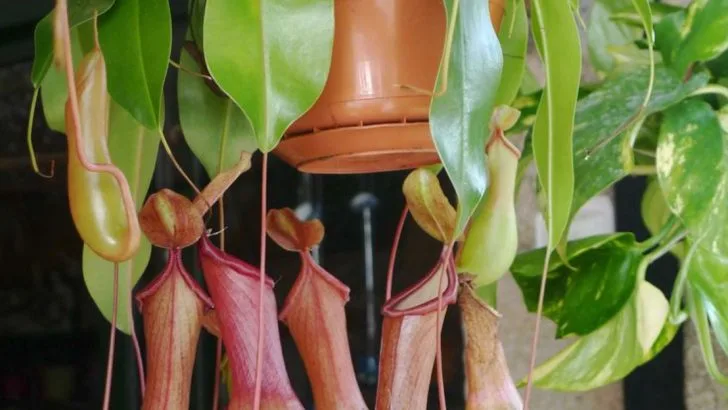Some plants do more than beautify your space—they can also help keep unwanted pests away. While common repellents often rely on chemicals, certain plants naturally release scents and compounds that deter insects like mosquitoes, flies, and even ants.
Beyond well-known choices like lavender or basil, there are many unusual, lesser-known plants that can quietly protect your home. These botanical allies add charm to your decor while creating a more comfortable, pest-free environment.
In this article, discover 9 unusual plants that help keep your home pest-free—and learn how to grow and place them for maximum effect.
Venus Flytrap
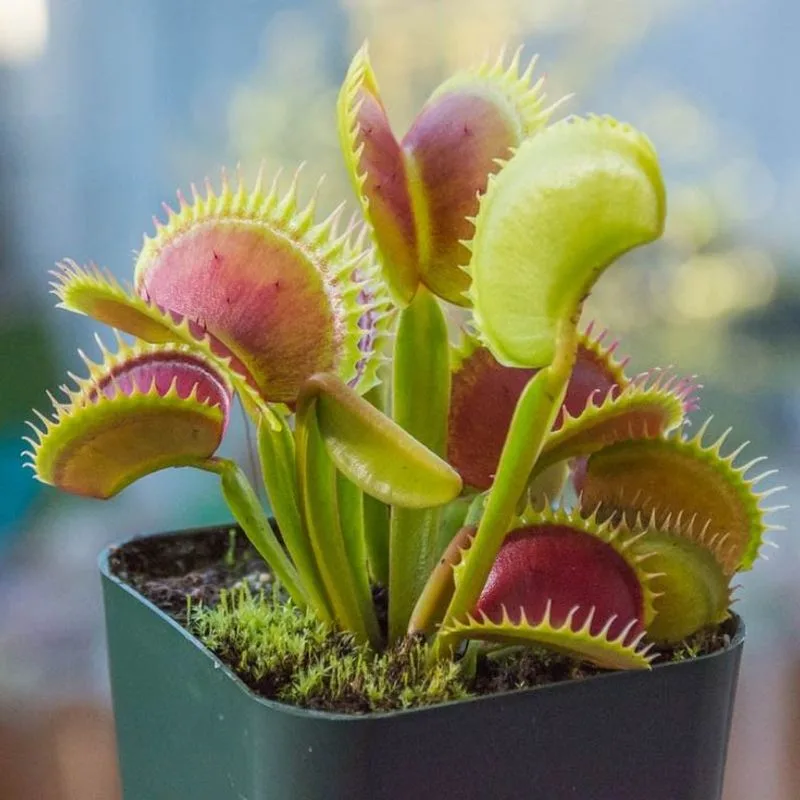
Exhibiting nature’s engineering marvel, the Venus Flytrap thrives as a captivating houseguest. This carnivorous plant, with its jaw-like leaves, lures insects into its trap, curbing unwanted guests naturally. Position near a sunny window to witness its mesmerizing phalanx in action. Despite its daunting appearance, the Venus Flytrap requires minimal care, making it an intriguing addition to your plant collection. Historically rooted in the wetlands of the Carolinas, this plant has fascinated botanists and gardeners alike. Its quirky feeding habits are a conversation starter, ensuring your home remains free from pesky intruders.
Lavender
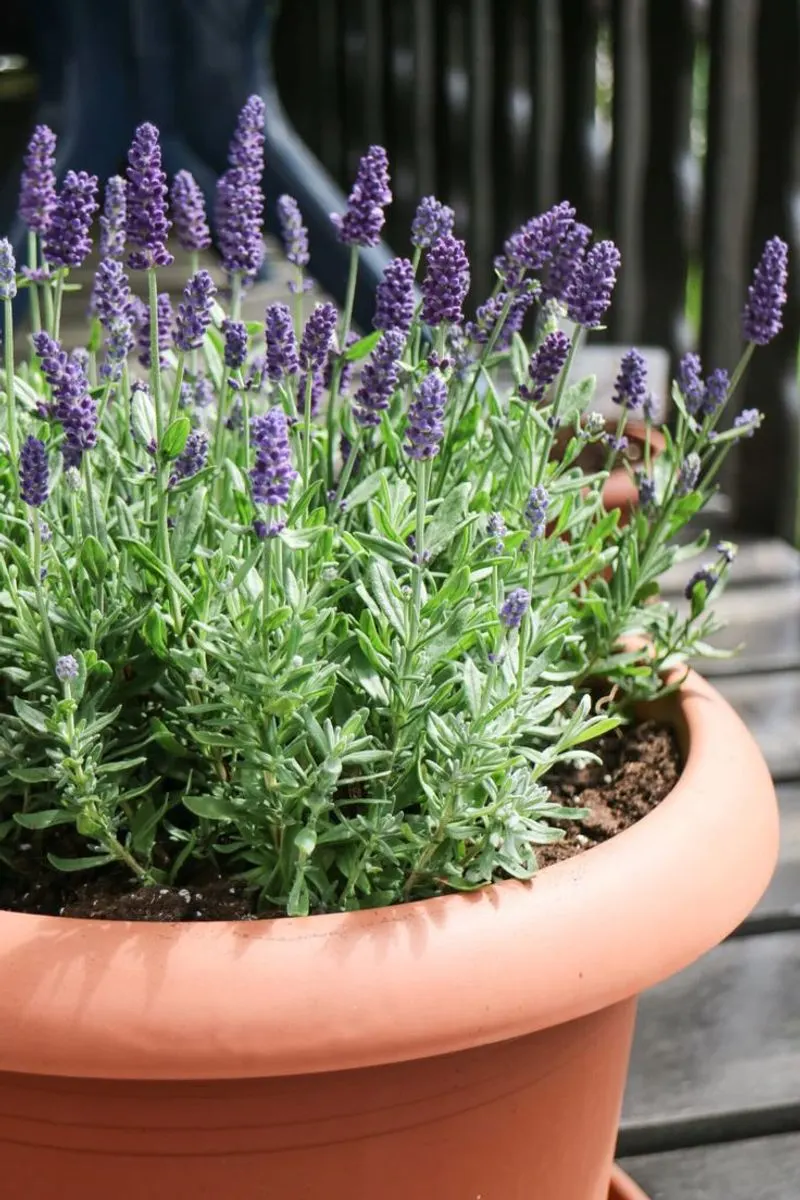
Lavender, renowned for its aromatic presence, doubles as a pest deterrent. Its soothing scent masks pheromones that insects rely on, keeping moths and mosquitoes at bay. Positioned in the kitchen or entryway, lavender adds a touch of rustic elegance while guarding against unwelcome critters. Its historical use in sachets and oils highlights its enduring appeal. The calming fragrance not only uplifts moods but also ensures a pest-free environment. Caring for lavender is simple, making it a delightful addition to any home. Enjoy both its beauty and its practical benefits.
Citronella
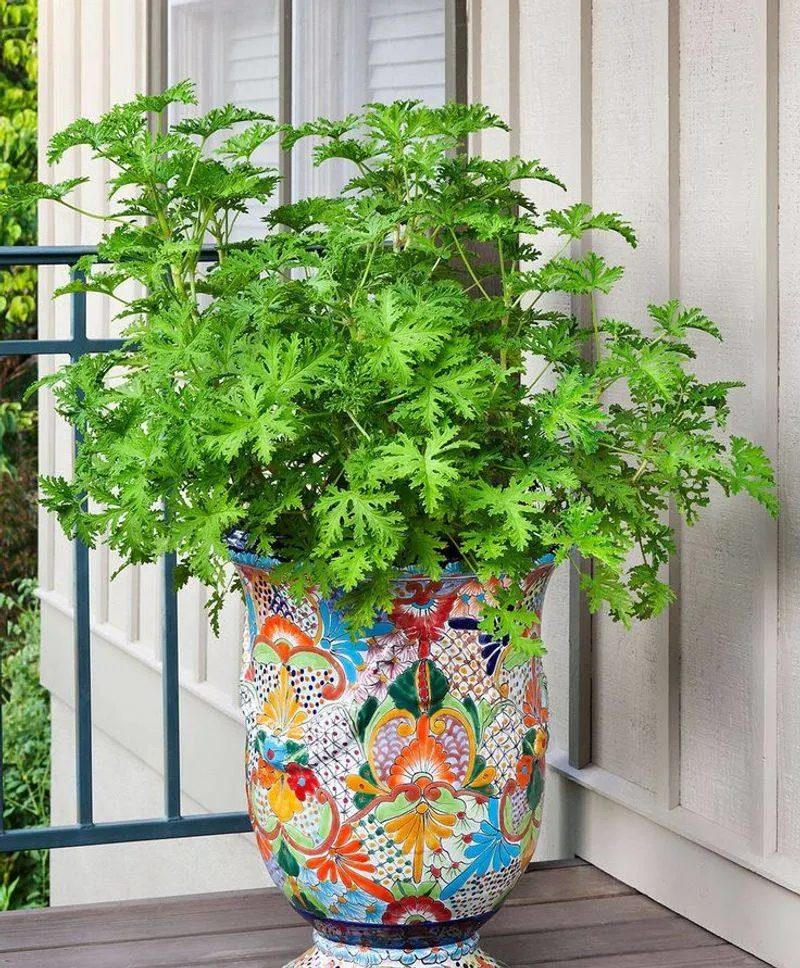
Famed for its mosquito-repelling prowess, citronella is more than just an ingredient in candles. This lush green plant emits a lemony aroma, forming an invisible shield against flying pests. Perfect for patios or balconies, it thrives in sunlight, enhancing outdoor gatherings. Citronella’s versatility as an ornamental plant and natural repellent makes it a summer staple. Its vibrant foliage adds life to any setting, creating a harmonious blend of beauty and utility. Embrace citronella’s natural charm and enjoy peaceful, bug-free evenings.
Pitcher Plant
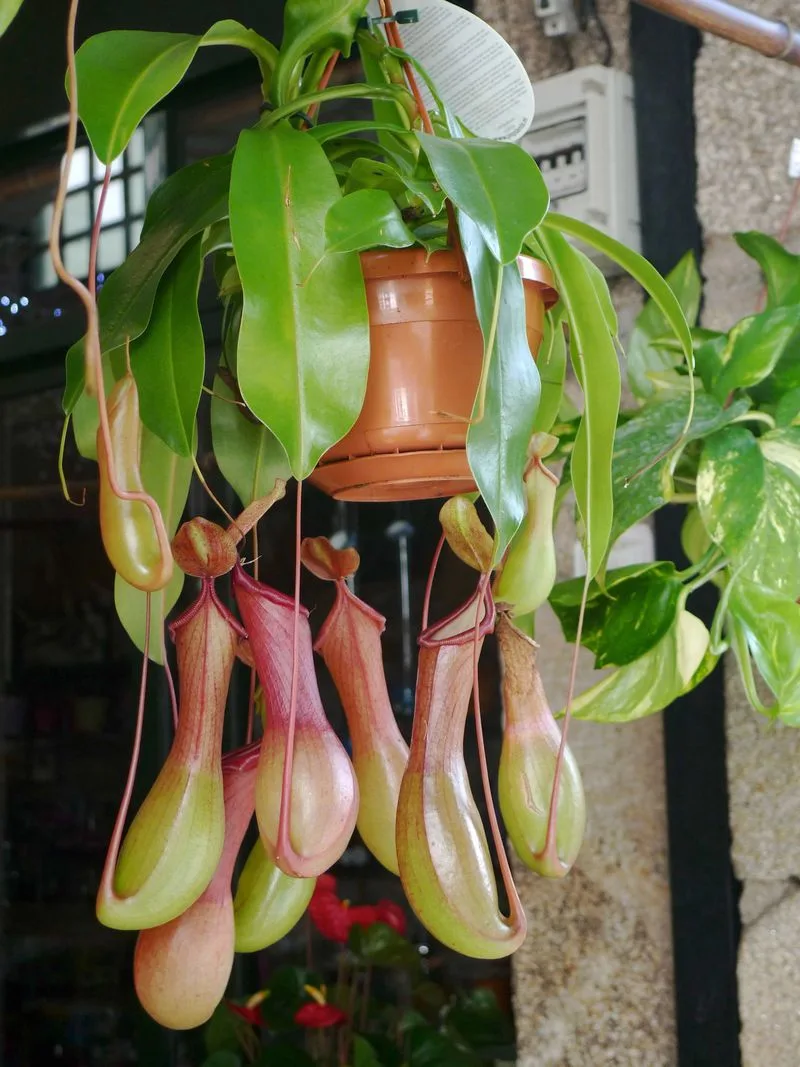
Marvel at the exotic allure of the pitcher plant, a master of passive pest control. With its tubular leaves filled with enticing nectar, it traps unsuspecting insects, reducing household pests naturally. Place in a conservatory or sunny spot indoors for best results. Originating from the steamy tropics, its vibrant colors and unique shape add a touch of wilderness to your décor. Though requiring humidity to thrive, it’s a manageable companion for those who appreciate unique flora. Pitcher plants captivate with their beauty and functional role in pest management.
Mint
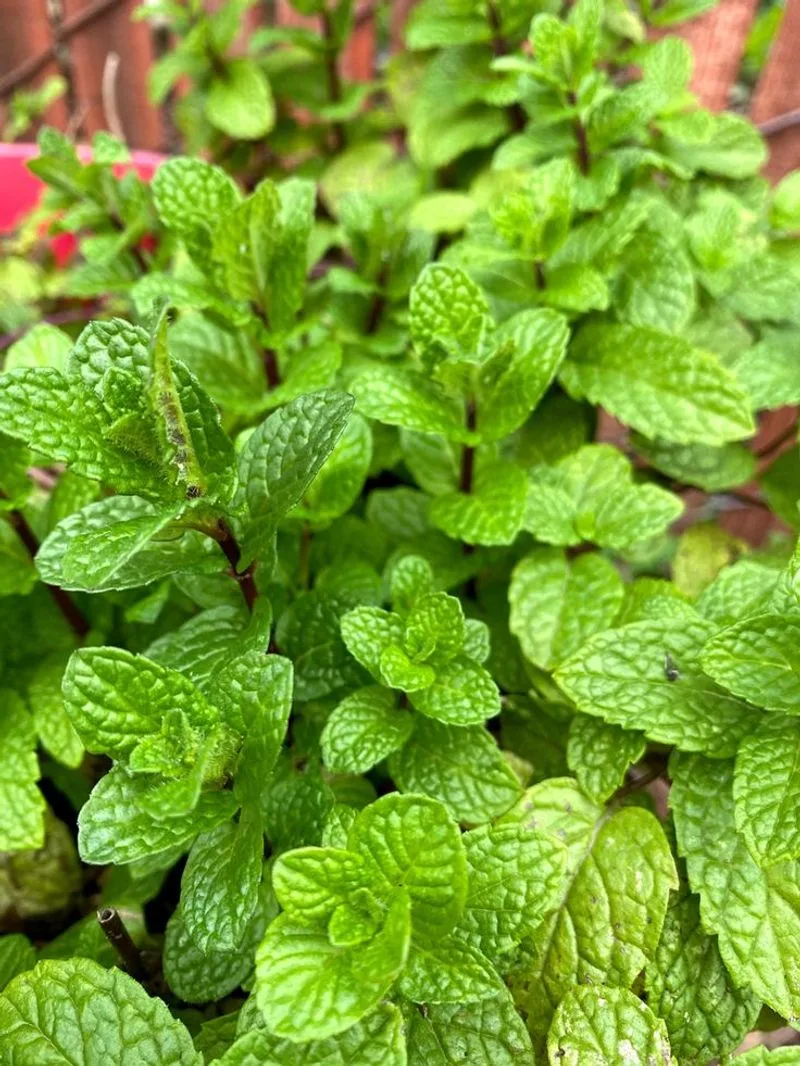
Mint, a culinary staple, surprises with its pest-repelling capabilities. Its invigorating aroma deters ants, flies, and other bothersome insects, making it ideal for kitchen settings. Beyond its practical uses, mint’s lush green leaves offer visual and aromatic delight. Historically, mint has been cherished for both its flavor and medicinal properties. As a low-maintenance herb, it thrives in pots, ensuring fresh sprigs are always within reach. This versatile plant not only elevates culinary experiences but also provides a natural defense against pests.
Marigold
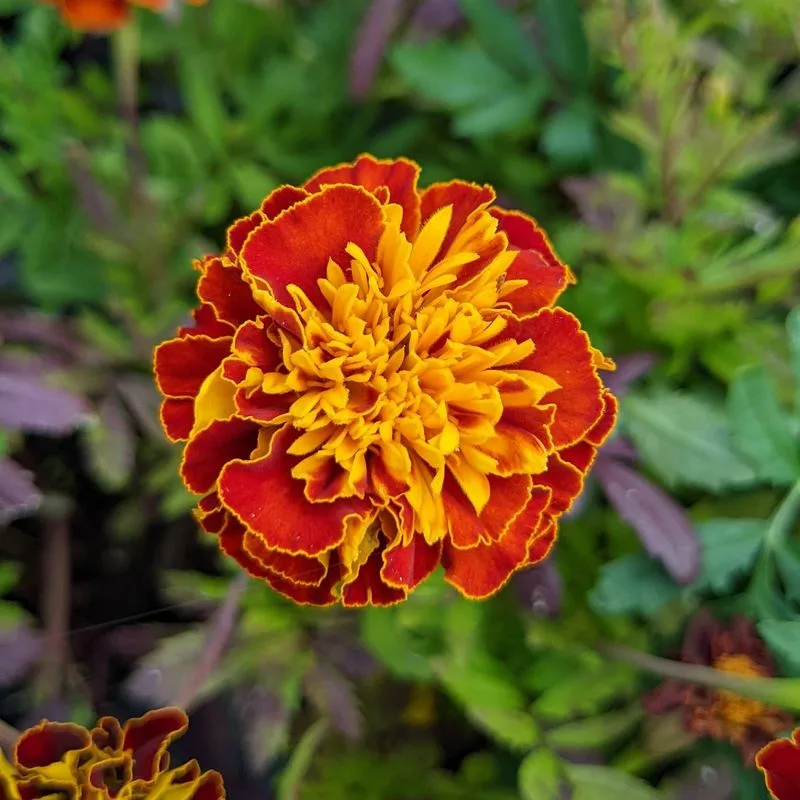
Adorning gardens with its vibrant hues, the marigold is a stalwart protector against pests. Its distinct aroma acts as a natural insecticide, warding off nematodes and more. Place near vegetable patches for optimal benefits, ensuring your harvest remains unscathed. With origins tracing back to Aztec rituals, marigolds carry historical significance, enhancing their charm. Their bright blossoms are easy to care for, making them a gardener’s favorite. Not only do they add a splash of color, but they also provide peace of mind by safeguarding crops.
Rosemary
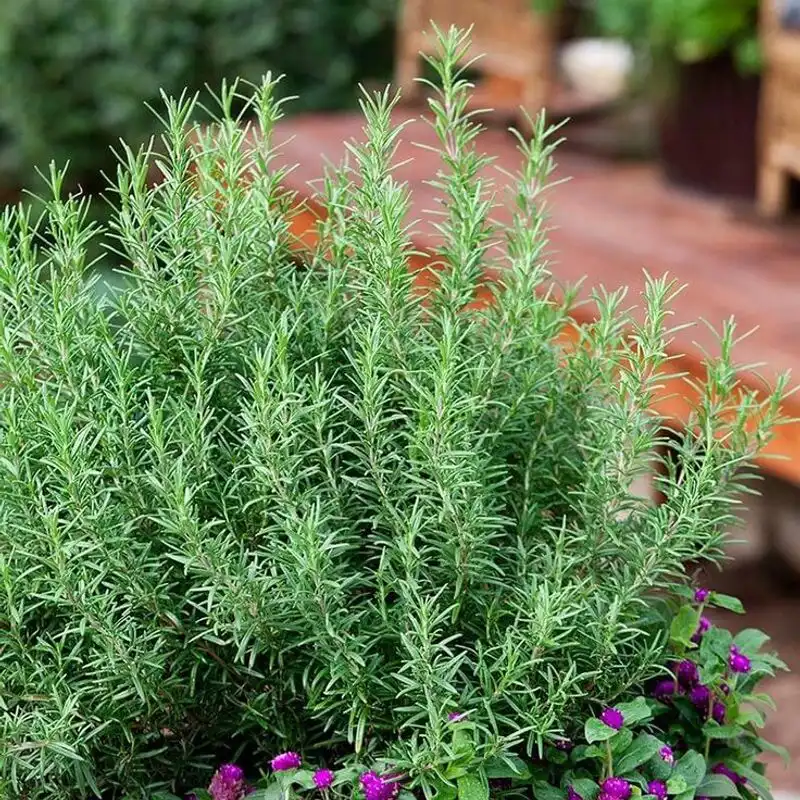
Rosemary, a beloved herb, is also a formidable pest deterrent. Its strong scent keeps mosquitoes and flies at a distance, while its culinary value remains unrivaled. A sunny balcony or windowsill serves as the perfect home for this aromatic plant. Its needle-like leaves and woody stems add texture and fragrance to your surroundings. Rosemary’s storied past as a symbol of remembrance extends to its role in repelling pests. Easy to cultivate, it promises both functional and decorative appeal, enriching your home environment.
Basil
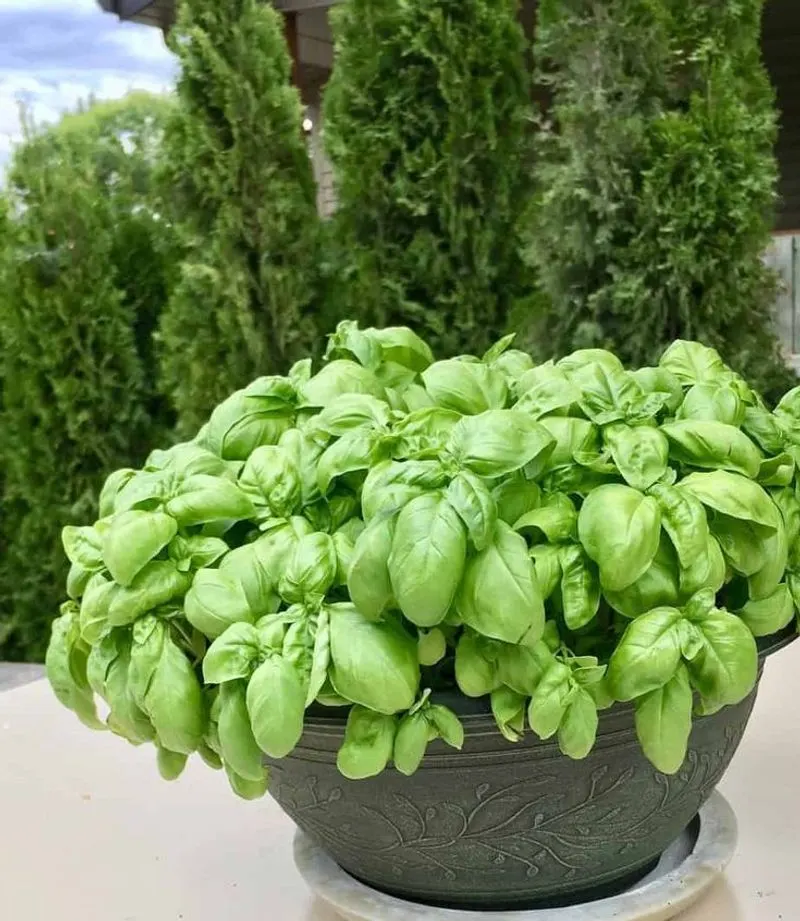
Basil, often synonymous with culinary excellence, moonlights as a pest deterrent. Its robust scent confounds insects, preventing infestations naturally. Ideal for kitchen herb gardens, basil provides fresh leaves for cooking while enhancing indoor air quality. Its historical use spans cultures, revered for both its aromatic and pest-repelling traits. Thriving in sunny spots, basil is a versatile addition to any household. Its dual functionality as a culinary and pest-repelling agent makes it indispensable, ensuring a balanced, harmonious living space.
Sundew
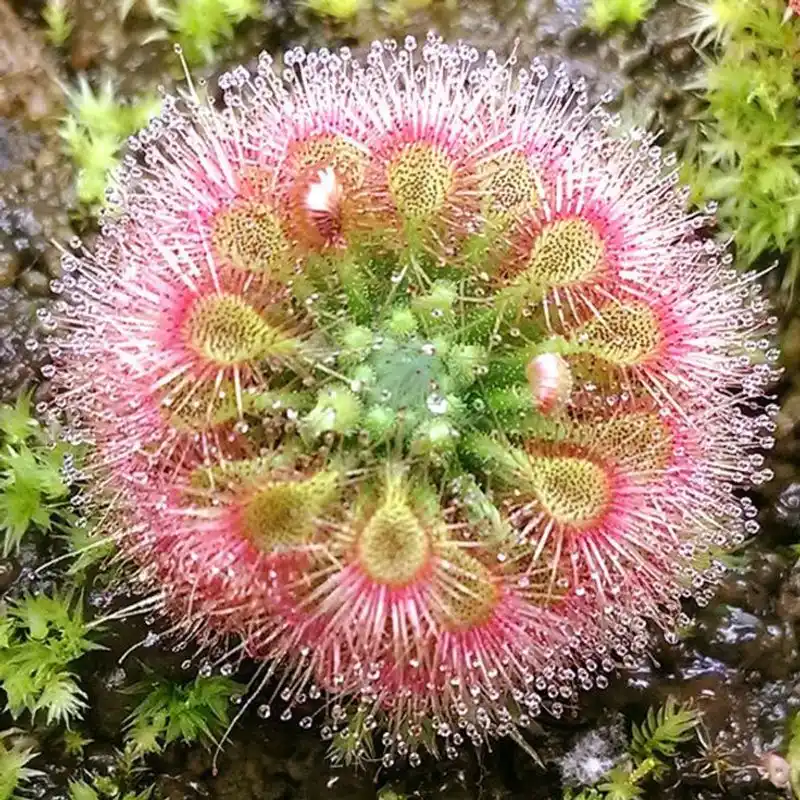
Introducing the sundew, a delicate yet effective insect trap. Its leaves, adorned with sticky droplets, lure and capture flies with ease, reducing pests indoors. This carnivorous plant thrives in bright, indirect light, making it a fascinating addition to your botanical collection. Native to boggy regions, the sundew’s shimmering appearance adds a touch of elegance to its predatory nature. While small in stature, its pest control capabilities are mighty. The sundew’s unique beauty and functional role in maintaining a pest-free environment make it a captivating houseplant choice.

